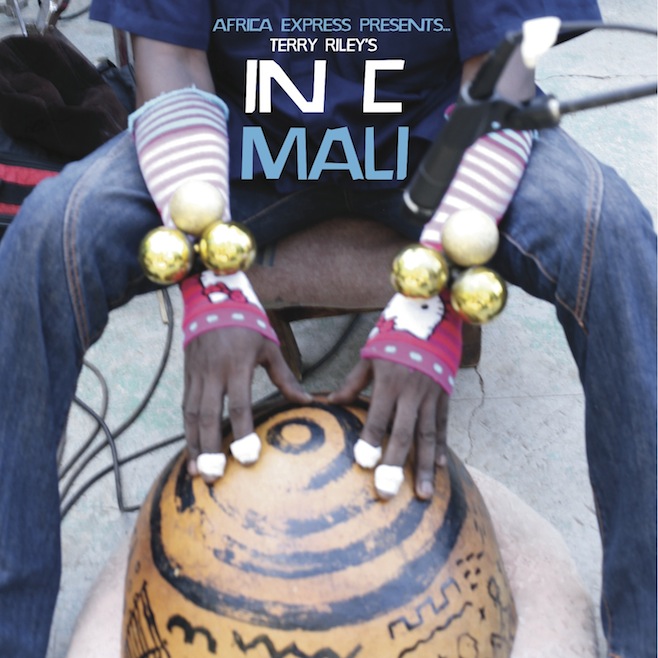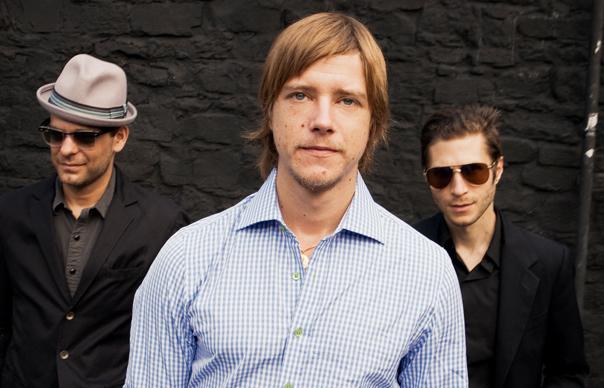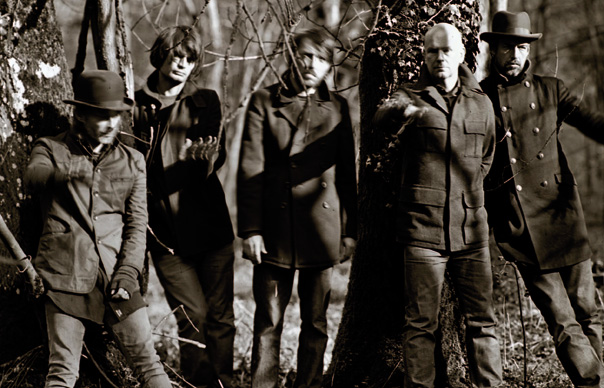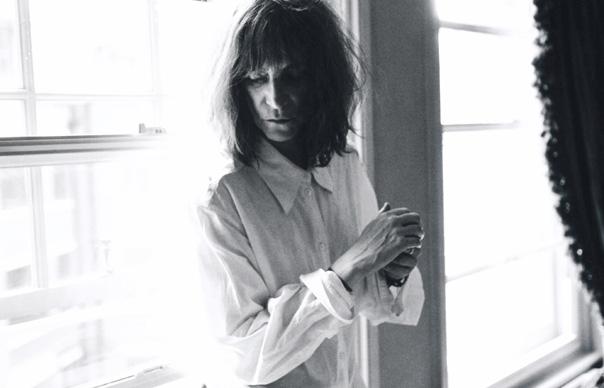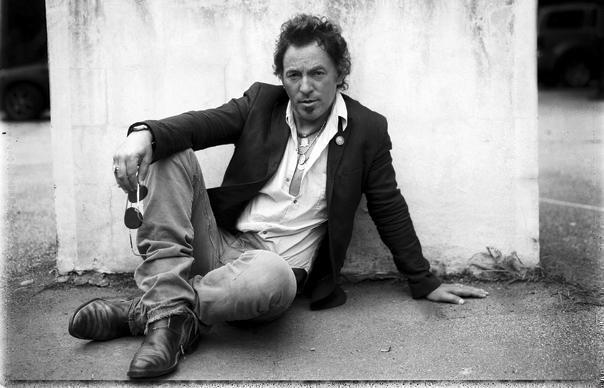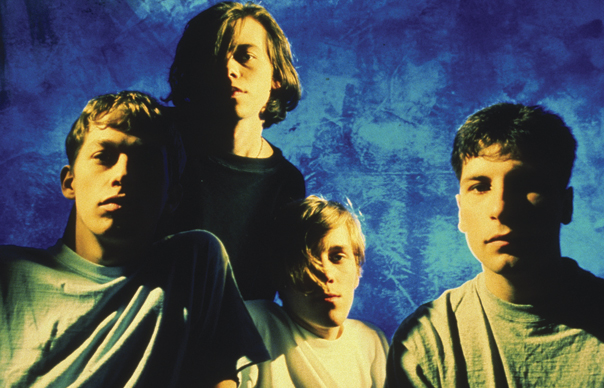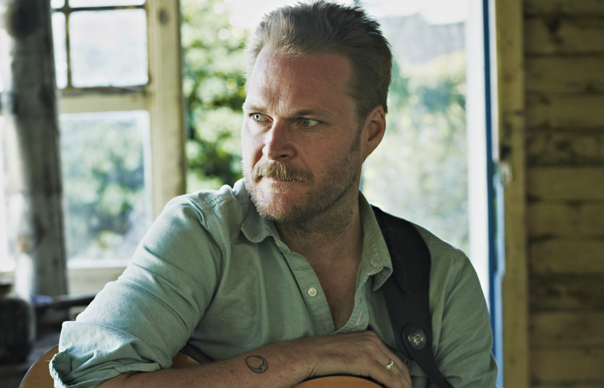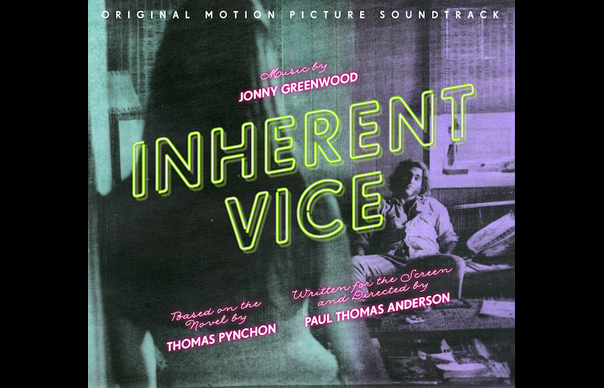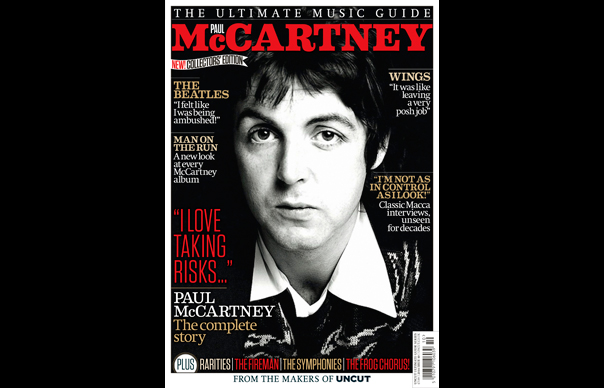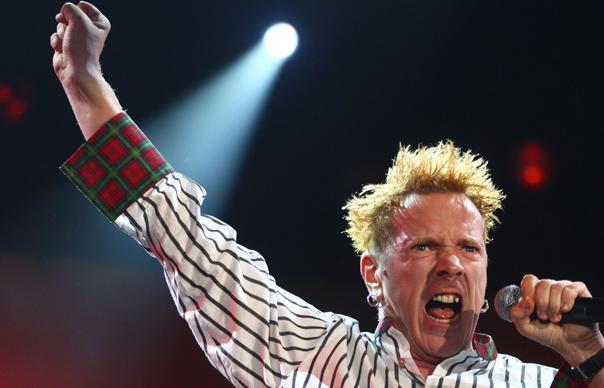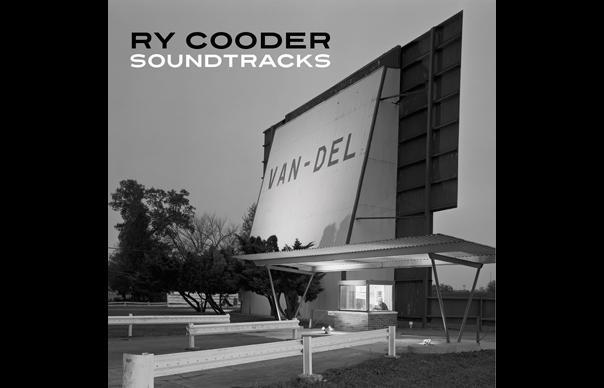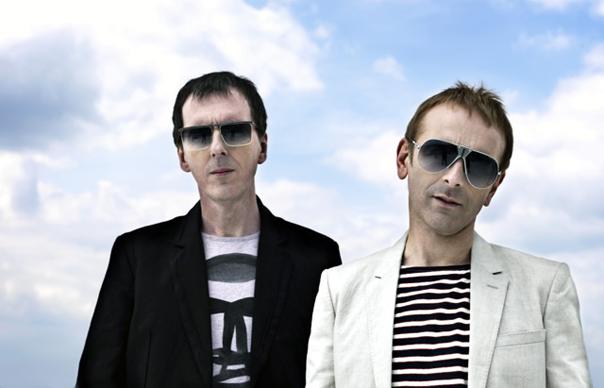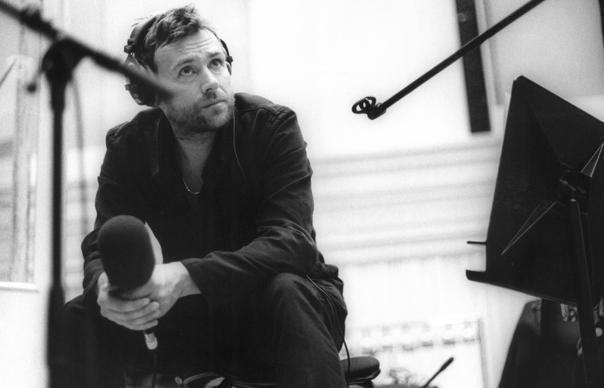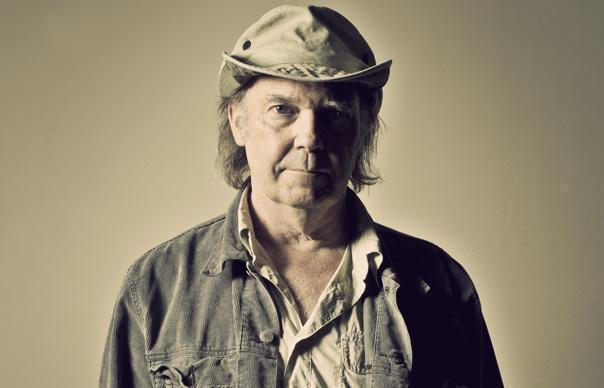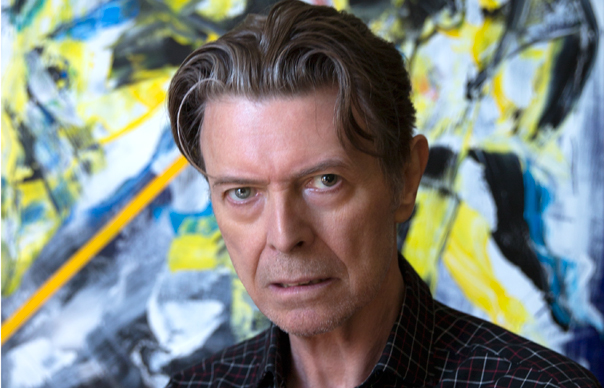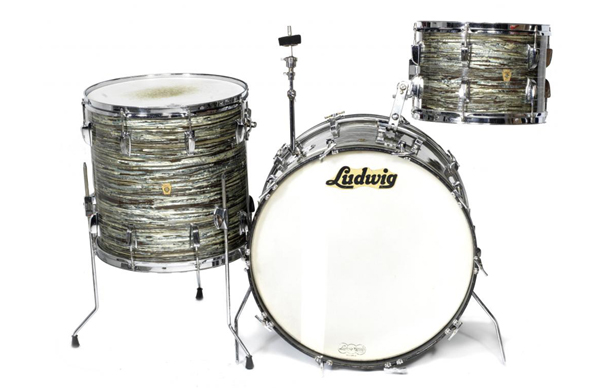Very taken with Africa Express' version of "In C", by Terry Riley, this week. I have a few takes on the piece (50 years old this month, incidentally), the latest being one by Portishead's Adrian Utley from a couple of years back, though I still probably default to what I think is the original recording from '68. If you've never come across it before, "In C" is normally referred to as a key minimalist composition, but it usually sounds a whole lot denser and more freestyle than that might suggest. Riley's score proposed 53 short musical phrases, to be played in order, with each member of the ensemble, on whatever instrument, working through them at more or less their own pace. It sounds like a recipe for chaos but, in an open-ended way, often works brilliantly and harmoniously. That's very much the case with "In C: Mali", recorded in Bamako just over a year ago at the Maison Des Jeunes youth club that gave its name to the last Africa Express project. The usual suspects are onboard, notably Damon Albarn, Brian Eno and Nick Zinner, more discreet than usual. Albarn is listed as playing his trusty melodica, but it's hard to spot in the melee of Koras, kalimbas, n'gonis, balafons and so forth played by a bunch of young Malian musicians who, I must admit, are new names to me (special mention to the two kora players here, Defily Sako and Modibo Diawara). Eno adds vocals, which I think are a kind of brief tonal hum. To the fore, instead, is the conductor Andre De Ridder, who also saws away wildly on violin, and orchestrates these fantastic players into something that could have been gimmicky, but turns out to be the perfect way of realising this most ecstatic and flighty of modern compositions. Check out the link below and see what you think. Plenty more goodness here, especially Ty live and Hiss Golden Messenger's killer performance on Letterman. A quick plug for the new Uncut which arrives next week, too. I'm not going to spill the beans about everything in there today, but it does include St Vincent, Swans, Lee Bains III, and my extensive new interview with Mark Kozelek, as well as all our 2014 charts business. On sale Tuesday in the UK, I think… Follow me on Twitter: www.twitter.com/JohnRMulvey 1 Lubomyr Melnyk - Evertina (Erased Tapes) 2 Ty Segall Band - Live In San Francisco (Castleface) 3 Sons Of Bill - Love And Logic (Thirty Tigers) 4 Public Enemy: It Takes A Nation Of Millions To Hold Us Back: Deluxe Edition (Def Jam/Universal) 5 Africa Express Presents… - Terry Riley's In C (Transgressive) 6 Tobias Jesso Jr - Hollywood (True Panther Sounds) http://www.youtube.com/watch?v=TEeueAZUVeM 7 Ghostface Killah - The Battlefield (Feat Kool G Rap, AZ & Tre Williams) (Tommy Boy) http://www.youtube.com/watch?v=eaCNG8lpZso 8 MOP - Broad Daylight (Feat Busta Rhymes) (Nature Sounds) 9 Paul McCartney - Secret Friend (EMI) http://www.youtube.com/watch?v=M9ieDAE3yIU 10 The Waterboys - Modern Blues (Harlequin And Clown) 11 The Unthanks - Mount The Air (Rabble Rouser) http://www.youtube.com/watch?v=nYiMUUNu0QM 12 TB Arthur - Test Pressings (Hard Wax) 13 Hiss Golden Messenger - Southern Grammar (Live On Letterman) http://www.youtube.com/watch?v=CI1BE48lYBo&list=PLCJLiJ8uSJrBG5da3z1DGd0PQssU_feq- 14 Mark Kozelek - Sings Christmas Carols (Caldo Verde) 15 M. Geddes Gengras - Collected Works Vol. 2: New Process Music (Umor Rex) 16 Brian Eno - Neroli (Thinking Music Part IV) (All Saints) 17 Sir Richard Bishop - Tangier Sessions (Drag City)
Very taken with Africa Express’ version of “In C”, by Terry Riley, this week. I have a few takes on the piece (50 years old this month, incidentally), the latest being one by Portishead’s Adrian Utley from a couple of years back, though I still probably default to what I think is the original recording from ’68.
If you’ve never come across it before, “In C” is normally referred to as a key minimalist composition, but it usually sounds a whole lot denser and more freestyle than that might suggest. Riley’s score proposed 53 short musical phrases, to be played in order, with each member of the ensemble, on whatever instrument, working through them at more or less their own pace.
It sounds like a recipe for chaos but, in an open-ended way, often works brilliantly and harmoniously. That’s very much the case with “In C: Mali”, recorded in Bamako just over a year ago at the Maison Des Jeunes youth club that gave its name to the last Africa Express project. The usual suspects are onboard, notably Damon Albarn, Brian Eno and Nick Zinner, more discreet than usual. Albarn is listed as playing his trusty melodica, but it’s hard to spot in the melee of Koras, kalimbas, n’gonis, balafons and so forth played by a bunch of young Malian musicians who, I must admit, are new names to me (special mention to the two kora players here, Defily Sako and Modibo Diawara). Eno adds vocals, which I think are a kind of brief tonal hum.
To the fore, instead, is the conductor Andre De Ridder, who also saws away wildly on violin, and orchestrates these fantastic players into something that could have been gimmicky, but turns out to be the perfect way of realising this
most ecstatic and flighty of modern compositions. Check out the link below and see what you think.
Plenty more goodness here, especially Ty live and Hiss Golden Messenger’s killer performance on Letterman. A quick plug for the new Uncut which arrives next week, too. I’m not going to spill the beans about everything in there today, but it does include St Vincent, Swans, Lee Bains III, and my extensive new interview with Mark Kozelek, as well as all our 2014 charts business. On sale Tuesday in the UK, I think…
Follow me on Twitter: www.twitter.com/JohnRMulvey
1 Lubomyr Melnyk – Evertina (Erased Tapes)
2 Ty Segall Band – Live In San Francisco (Castleface)
3 Sons Of Bill – Love And Logic (Thirty Tigers)
4 Public Enemy: It Takes A Nation Of Millions To Hold Us Back: Deluxe Edition (Def Jam/Universal)
5 Africa Express Presents… – Terry Riley’s In C (Transgressive)
6 Tobias Jesso Jr – Hollywood (True Panther Sounds)
7 Ghostface Killah – The Battlefield (Feat Kool G Rap, AZ & Tre Williams) (Tommy Boy)
8 MOP – Broad Daylight (Feat Busta Rhymes) (Nature Sounds)
9 Paul McCartney – Secret Friend (EMI)
10 The Waterboys – Modern Blues (Harlequin And Clown)
11 The Unthanks – Mount The Air (Rabble Rouser)
12 TB Arthur – Test Pressings (Hard Wax)
13 Hiss Golden Messenger – Southern Grammar (Live On Letterman)
http://www.youtube.com/watch?v=CI1BE48lYBo&list=PLCJLiJ8uSJrBG5da3z1DGd0PQssU_feq-
14 Mark Kozelek – Sings Christmas Carols (Caldo Verde)
15 M. Geddes Gengras – Collected Works Vol. 2: New Process Music (Umor Rex)
16 Brian Eno – Neroli (Thinking Music Part IV) (All Saints)
17 Sir Richard Bishop – Tangier Sessions (Drag City)


